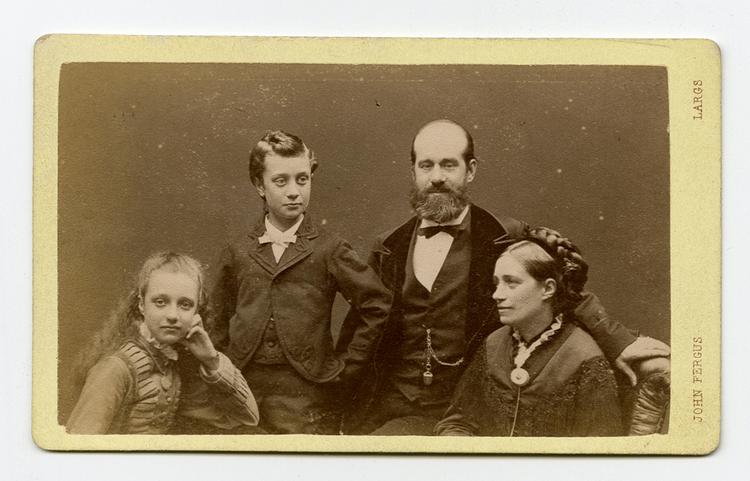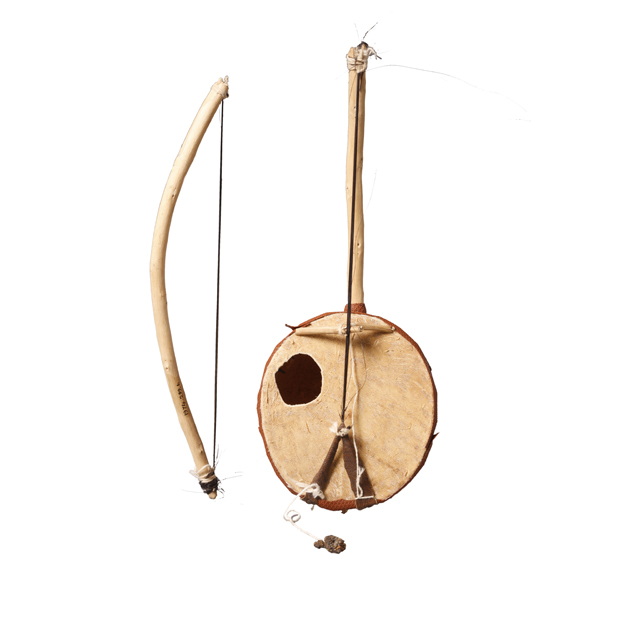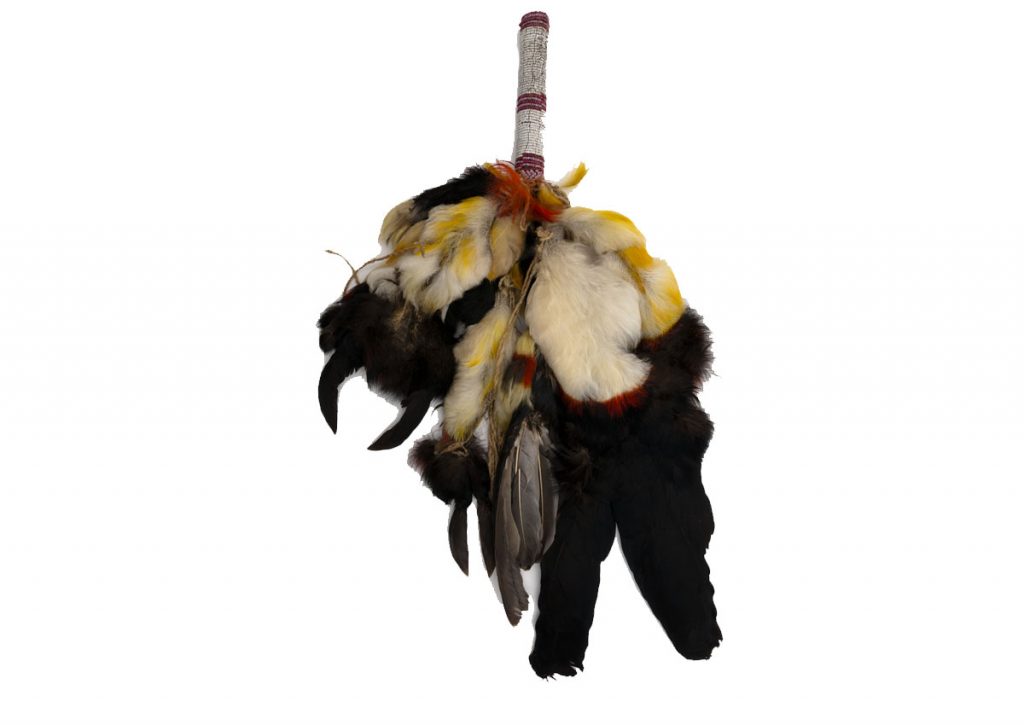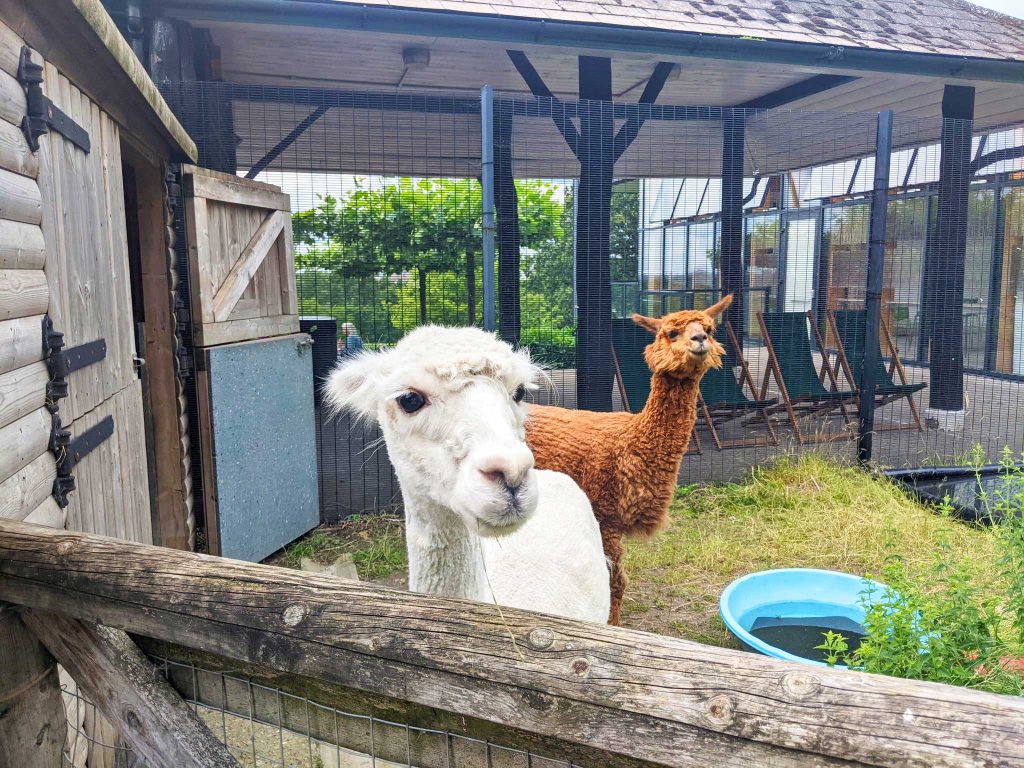
Emslie Horniman, the son of Frederick John Horniman our founder, married Laura Plomer in 1886 but their relationship had not always been plain sailing.
Laura’s family disapproved of her relationship with Emslie, deeming the Horniman’s social status as inadequate. They thought of Emslie as an ‘atheist and a radical’. Laura’s parents even locked her in her room in the hope that she would come to her senses and forget about Emslie.
With no money to buy stamps, she couldn’t even write to her love. But, undeterred, Laura cut off her hair, sold it to a wigmaker in Mayfair, and bought stamps so that she could continue writing to Emslie.

A photograph of a young Laura Plomer, dated circa 1880, before her marriage to Emslie Horniman. The image shows her famously long head of fair hair, which she apparently cut and sold so she could afford to send letters to Emslie during their courtship.
It didn’t work, and the couple married in 1886.
Find out more about the first wedding at the Horniman
Horniman’s Vision display, above the World Gallery

Bows for stringed instruments throughout the world are mostly strung with horsehair, and examples of this can be found throughout the Music Gallery.
Usually between 160 and 180 hairs are used to create bows, but the bow for this spike fiddle is made with a single horsehair string. The fiddle is made from a gourd, and the instrument was made in Nigeria.
Music Gallery, Listening to Order case

The buhai is traditionally played at New Year’s celebrations in Romania.
A hank of horse hair is attached to the centre of the membrane (rabbit skin). The drum is played by wet hands being pulled alternately along the strange of horse hair.
Buhai means bull, the noise the drum makes is thought to resemble a bull.
You can hear the drum at the sound table in the Music Gallery.

Hair tubes are worn by men and boys in Waiwai culture to draw attention to their hair. Strong, beautiful hair is considered masculine and so highlighting it is important. The real bird feathers signal the importance of birds. The Waiwai believe they are like birds and that the human spirit can fly to other worlds in what they call kapu, the layered universe.
On display in World Gallery, in the American encounter

Hair is great for compost, and for plants in general. You can see our compost heap in the Gardens beyond the Grasslands Garden (by the farthest London Road exit), but all of the plants and flowers in the Gardens are grown using it. Hair contains a lot of nitrogen, and helps compost to retain rainwater.
Enjoy seeing the results of this compost all around the Gardens.

Eva (white) and Poppy (tan) – the alpacas in the Animal Walk
Huacaya alpacas – like Eva and Poppy in the Animal Walk – have fur that is quite similar to sheep wool in texture. It’s dense, soft, and crimpy.
Alpaca fleece, regularly shorn in the spring, has many qualities that make it really useful. It’s hypoallergenic, water repellent, wind resistant, breathable and insulating. This makes it a really good material for clothes, particularly outside wear like hiking gear. It’s also lightweight, meaning it won’t weigh you down as you’re trekking up a mountain.
Eva and Poppy are shorn annually at the Horniman, and in the past their fur has even been used by Horniman staff for knitting. Because huacaya alpaca wool is stretchy, it makes great yarn!
See Eva and Poppy daily in the Animal Walk